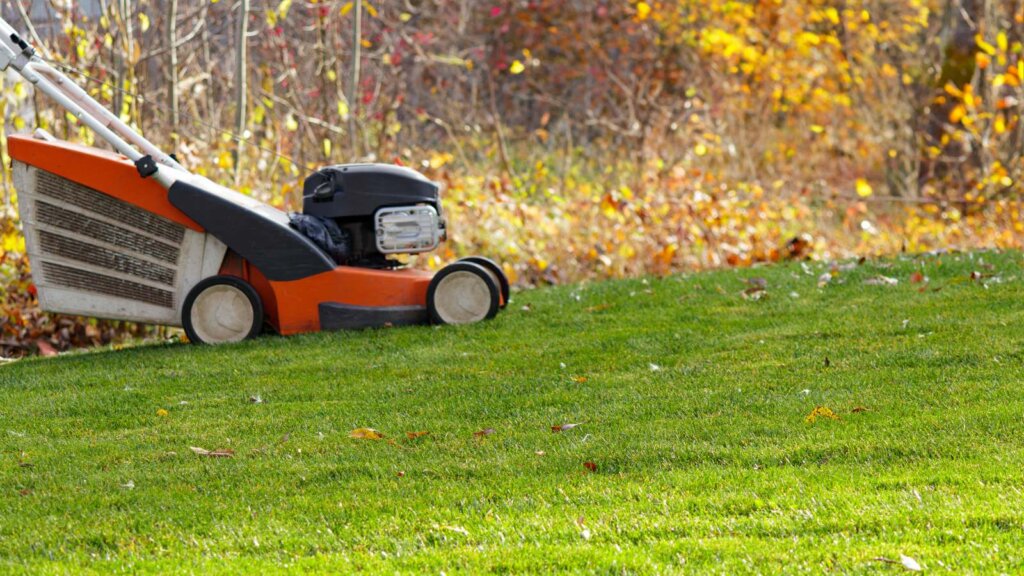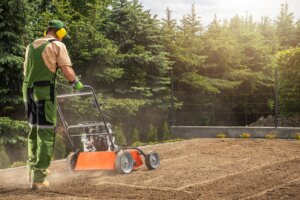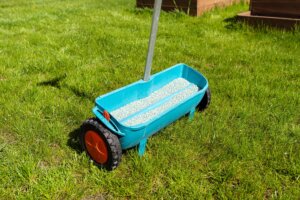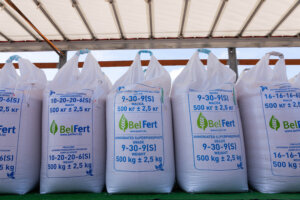Quick Answer
For most cool-season grasses like Kentucky bluegrass, stop mowing when daytime highs consistently stay below 50°F, which often happens in late October or early November in Pennsylvania. If temperatures drop below 40°F for a week straight, grass growth has essentially stopped and it’s time for your final mow. Aim to leave your lawn at 2–3 inches tall going into winter to reduce snow mold risk and keep your turf healthy until spring.
If you’re not sure your lawn is ready for the season’s last cut, the team at Terra Lawn Care Specialists can help you assess conditions and handle the final mow for you.
Understanding Grass Growth in Fall

Grass growth is driven by temperature, not the calendar. Cool-season grasses keep growing until air temperatures stay below 50–55°F and soil temperatures reach about 45°F. Research from Iowa State University confirms this is when the foliage stops growing and the plant shifts energy to the crowns and roots underground. Warm-season grasses shut down earlier when soil temperatures dip below 55°F.
No matter the grass type, follow the good rule of lawn care: never remove more than one-third of the grass blade in a single mow. This prevents stress and helps plants store energy for the winter season.
Signs It’s Time for the Final Mow
Several clear signs tell you it’s time to stop mowing your lawn:
- Dropping Temperatures: When daytime highs stay below 50°F, growth slows noticeably.
- First Frost or Freeze: Once frost arrives and sticks around, grass stop growing and the mower can be put away.
- Slower Growth Rate: If mowing frequency drops from every 7–10 days to every 3–4 weeks, the lawn is entering dormancy.
As HGTV notes, heavy leaf drop can also be a clue — when more than half the leaves are down, grass grows much more slowly.
Setting the Right Grass Height Before Winter
Your last mow should leave the lawn short enough to avoid matting but tall enough to protect the plant’s growing point. The ideal range for cool-season turf is 2–3 inches. Gradually reduce mower height over the last few cuts instead of making one drastic drop. This helps prevent scalping and keeps mower blades from damaging crowns close to the ground.
The University of Minnesota warns against going lower than 2 inches, even in late fall, as that can weaken turf before winter.
Quick Reference Table: When to Stop Mowing in Fall
| Grass Type | Air Temp Cutoff | Typical PA Timeline | Final Mow Height |
|---|---|---|---|
| Cool-season (e.g., Kentucky bluegrass, fescue) | 50°F daytime highs | Late Oct – Early Nov | 2–3 inches |
| Warm-season (e.g., Bermuda, zoysia) | 60°F daytime highs | Late Sept – Early Oct | 1.5–2 inches |
Why the Final Cut Matters
A well-timed final mow benefits your lawn in several ways:
- Reduces snow mold and other winter turf diseases.
- Discourages vole activity in tall, matted grass.
- Chops and mulches leaves into organic matter that feeds the soil.
Leaving grass clippings on the lawn after the last mow returns nutrients to the turf, helping it recover more quickly in late winter and early spring.
Extra Tip: Timing Around the First Frost
The first freeze is often the point where even lingering grass growth stops entirely. Trying to mow after the ground is frozen can damage turf crowns and compact the soil. If you must mow late, ensure the lawn mower’s blade is sharp and the turf is completely dry to avoid tearing grass.
Terra Lawn Care Specialists’ Tip for Pennsylvania Lawns
In our Pennsylvania service area, cool-season grasses often keep growing until late October or early November. We track air temps, soil temps, and growth rate so your last cut happens at the perfect time — keeping turf short enough to prevent disease but long enough to protect the plant until spring.
By basing your final mow on temperatures, growth rate, and grass height — not just the date — you give your lawn the best chance for a healthy, green comeback after winter.
Want the best fall lawn without the guesswork? Follow these mowing and fertilizing guidelines to protect your lawn through winter. And if you’d rather have an expert handle the timing and care for you, contact Terra Lawn Care Specialists for professional lawn services.



